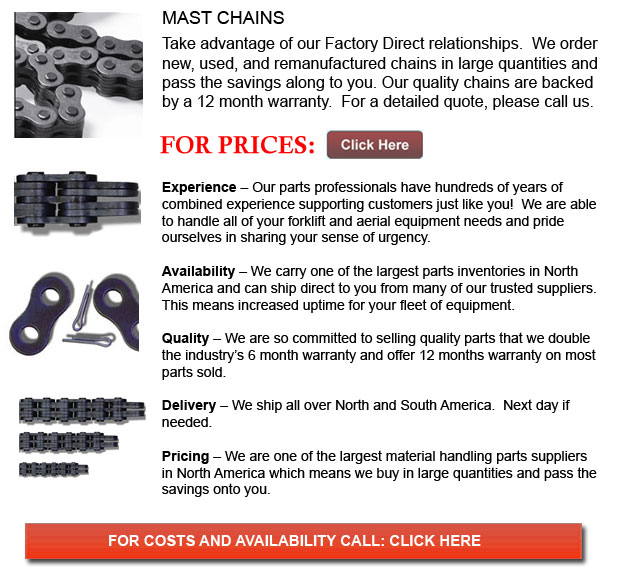
Mast Chain - Leaf Chains consist of several functions and are regulated by ANSI. They are utilized for low-speed pulling, for tension linkage and forklift masts, and as balancers between head and counterweight in several machine devices. Leaf chains are occasionally also called Balance Chains.
Construction and Features
Made of a simple pin construction and link plate, steel leaf chains is identified by a number that refers to the lacing of the links and the pitch. The chains have particular features like for example high tensile strength for every section area, which allows the design of smaller devices. There are B- and A+ kind chains in this series and both the BL6 and AL6 Series include the same pitch as RS60. Lastly, these chains cannot be driven using sprockets.
Selection and Handling
Comparably, in roller chains, all of the link plates have higher fatigue resistance because of the compressive stress of press fits, whereas in leaf chains, only two outer plates are press fit. The tensile strength of leaf chains is high and the utmost permissible tension is low. Whenever handling leaf chains it is essential to check with the manufacturer's catalogue to be able to ensure the safety factor is outlined and use safety guards always. It is a good idea to exercise utmost care and use extra safety guards in functions where the consequences of chain failure are severe.
Utilizing a lot more plates in the lacing causes the higher tensile strength. Since this does not improve the most allowable tension directly, the number of plates used could be limited. The chains need frequent lubrication since the pins link directly on the plates, generating a very high bearing pressure. Making use of a SAE 30 or 40 machine oil is often advised for most applications. If the chain is cycled more than 1000 times daily or if the chain speed is more than 30m for every minute, it will wear really rapidly, even with constant lubrication. So, in either of these situations the use of RS Roller Chains will be more suitable.
AL type chains are just to be utilized under particular conditions like for example where there are no shock loads or when wear is not a big concern. Be positive that the number of cycles does not go over 100 daily. The BL-type will be better suited under other conditions.
If a chain with a lower safety factor is chosen then the stress load in parts will become higher. If chains are used with corrosive elements, then they can become fatigued and break quite easily. Performing regular maintenance is important if operating under these types of situations.
The inner link or outer link kind of end link on the chain would determine the shape of the clevis. Clevis connectors or likewise known as Clevis pins are constructed by manufacturers, but the user typically supplies the clevis. An improperly made clevis can lessen the working life of the chain. The strands must be finished to length by the manufacturer. Refer to the ANSI standard or get in touch with the maker.
![]() Click to Download the pdf
Click to Download the pdf
Forklift Parts
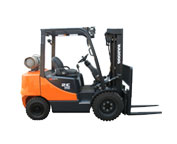
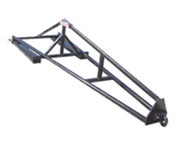
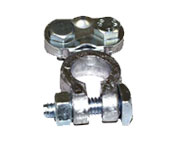
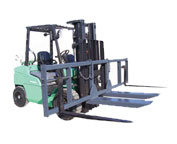
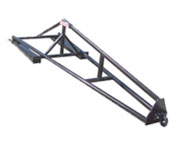
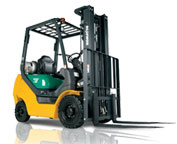
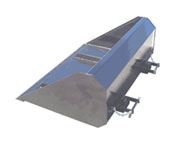
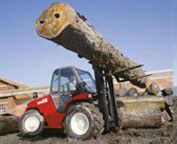
Lift Parts Express
TOLL FREE: 1-888-695-7994
LOCAL: (623) 900-4308
1753 E Broadway 101-496
Tempe, Arizona
forkliftpartstempe.com
Email Us
About Us


